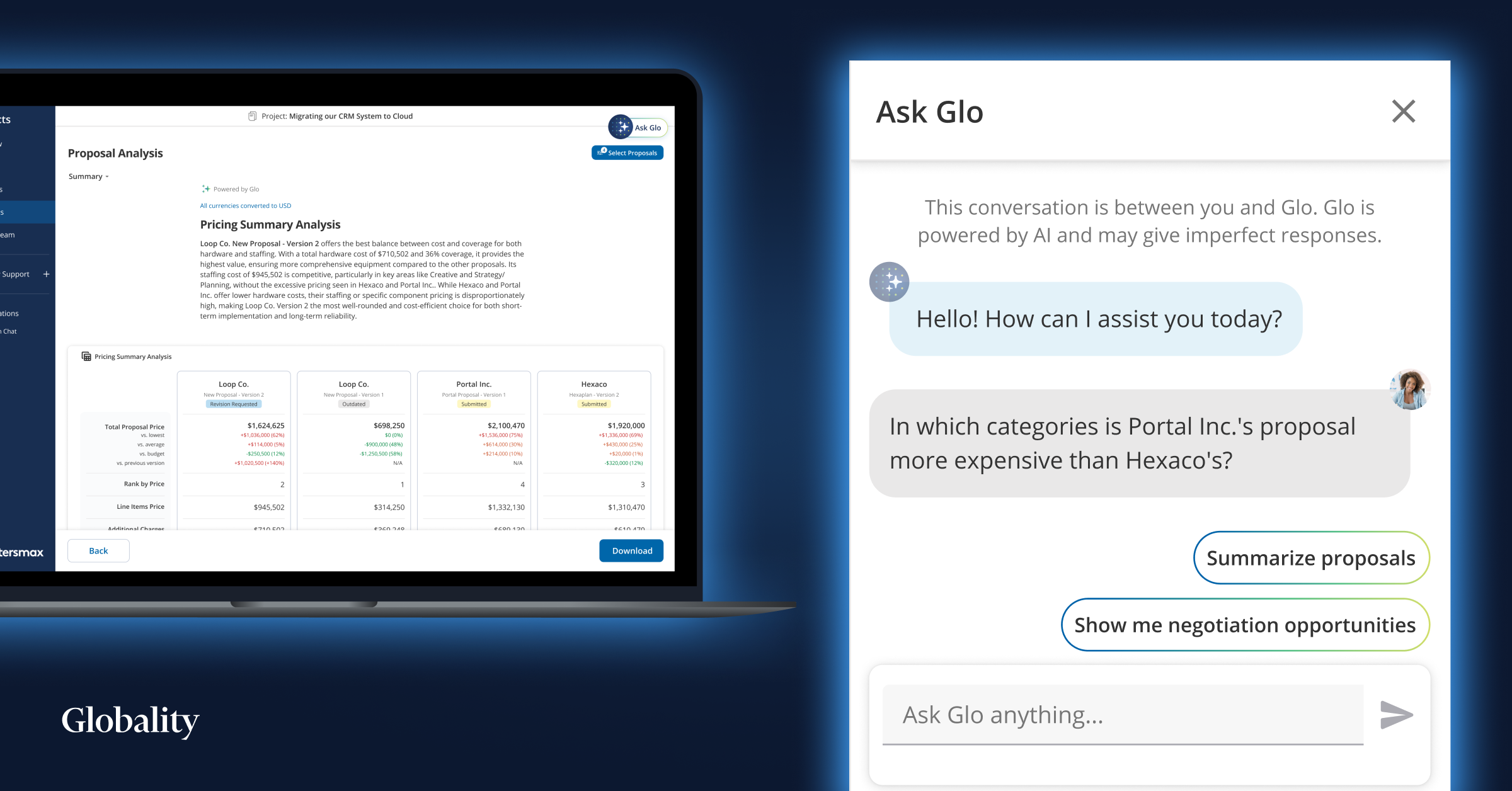A CIO Perspective on Failure and Why It Teaches Us More Than Success

It’s true that more is learned from failure than from success.
As Henry Ford noted long ago, “Failure is simply the opportunity to begin again, this time more intelligently."
It’s often the case that failures prove much more meaningful than success to one’s professional development. Here are three brief examples of what can be learned, from the CIO perspective:
1) Without influence, innovation strategies fail.
Any savvy CIO knows innovation is crucial to success. But how is the person whose team is known for fixing laptops and patching thousands of security vulnerabilities each week supposed to just switch to the role of innovation driver?
Successfully driving innovation means CIOs must bring people along on a journey with them. That doesn’t happen overnight. Starting any conversation about innovation, especially with stakeholders, requires much preparation. This may seem counterintuitive to the energy and enthusiasm that often drives innovation. A CIO might expect that people would quickly become excited about proposed new initiatives; but realistically ideas and proposals can often be met with skepticism and, in worst-case scenarios, can stop any potential progress before you’ve even started.
You have to be strategic about balancing conversations about innovation with the rest of your day job. As many CIOs know, it may well happen that while pitching an innovation strategy to the board, a senior executive or the CEO might just ask why their email wasn’t working that morning. This can certainly take the edge off an innovation discussion!
Truly advancing innovation takes a top-down, bottom-up approach. You move people one step at a time. If you push topics too quickly, especially in a room where potential resistors can shoot down your ideas, you may be doing yourself more harm than good.
Getting key decision makers and influencers on board—senior executives, as well as employees throughout the organization—takes time.
2) You won’t have a strong case for enterprise transformation without data.
In one of my roles as CIO, I was tasked with driving a change initiative affecting 650 people across the organization. This was a difficult global transformation, which, while meeting the organization’s targets, had a significant impact on a lot of people’s lives.
Partway through the initiative, my leadership team and I decided we needed more feedback from the team as a whole on how the initiative was progressing, and, knowing that the impacts were significant, what we could do better. We decided that the best way to obtain this transparent feedback was to conduct an anonymous engagement survey. However, much of the senior management, particularly the HR team, did not believe the timing was right in the context of the wider organization, so the survey didn’t get the green light.
A few more weeks passed. I was hearing a lot of feedback in the corridors on the impacts the initiative was having, but I had nothing concrete to act on. I decided to add an additional step to the process (and ask for forgiveness afterward), and went ahead with the engagement survey.
It had the desired effect on my team members, who were able to vent all their frustrations. It provided us with a clear set of topics we could work on to improve morale.
And what about the naysayers? In fact, the survey was seen as a success by many, and several other departments asked to conduct surveys for their teams. The technology team was viewed as pushing ahead—and caring about what the team members think.
Although it was a risk to go ahead with the survey, it turned out to be a win.
3) Procurement won’t be a strategic advantage unless partners are engaged in the journey
Procurement is often seen as a necessary evil. Historically, it’s an extremely slow process, but adopting an innovative approach can support you in convincing people of its strategic nature.
Involve your partners (vendors) on your journey to cut costs. For example, if your organization has a cost-savings target, you can translate this to your partners, as you need their help to drive these cost savings and show some real reductions in their current scope of work.
You can also use procurement to support your broader strategy. If you’re implementing a new operating model, for example, then ensuring the partner’s role is clearly important. This clarifies for everyone on the team the importance of those relationships to your business. Well-managed procurement can then help drive lower costs and better service.
Innovating in the procurement space can often be an easier sell. Because it’s not frequently seen as strategic, there’s less pushback by those concerned with the risks of innovation.
However, use care with the numbers. I’ve made the mistake of having the tech procurement team speak to senior stakeholders with little knowledge of the procurement processes. The stakeholders very quickly get excited about the potential and scale of the savings discussed. Later, they realize much of this is already built into the budget or will take several years to achieve. It’s cost avoidance. It’s much more effective to understand in advance where your audience is coming from and then tailor the discussion accordingly (easy to say, hard to do). In this case, showing only the savings to the actual budget, even if the numbers are smaller, would be much more powerful and useful in demonstrating the true value of procurement.
The biggest lesson? It’s all about people, and building trust is the key to turning failure into success.
Failure teaches us that building trust is the most crucial element of success. Without trust, your initiative is going to, at best, require much more hard work and, at worst, is likely to fail. With it, you can achieve what you set out to do—and usually much more.
***********************
Martin Henley is SVP of Technology Services at Globality.



